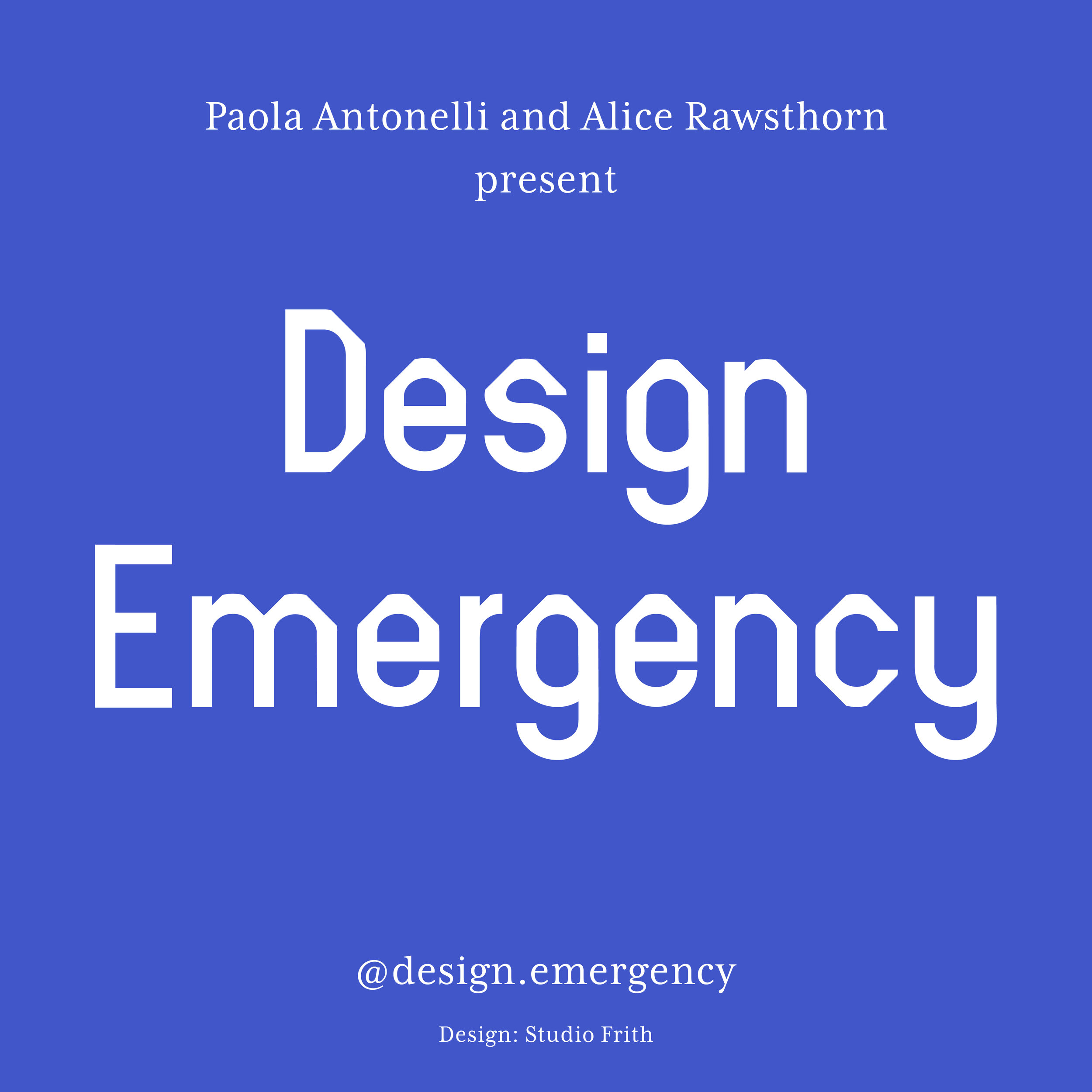“I would substitute ‘sustainability’ with ‘responsibility’,” says Paola Antonelli
Paola Antonelli is a leading curator and thinker about design and nature. Back in 2007, she was named one of the 25 most incisive design visionaries by Time magazine, and she has lectured and curated numerous shows around the world.
She is Senior Curator at The Museum of Modern Art (MoMA) at the Department of Architecture & Design, and her most recent MoMA installation Broken Nature is a version of the XXII Triennale di Milano that she curated under the same name in 2020.
Born in Italy and based in New York for over 20 years, Antonelli holds a master’s degree in architecture from the Polytechnic of Milan. She is currently working with British design critic Alice Rawsthorn on Design Emergency, an Instagram-based initiative that investigates design’s response to the Covid-19 pandemic and design’s role in building a better future. In this interview, she talks with Bridget Cogley about reframing sustainability through the lens of responsibility.
BC: What’s the one major thing you think has to happen right now to further efforts in sustainable design?
PA: We need to make it become the baseline. Normalcy. We need to prove that sustainable design is good business, that it pays off, that it does not mean sacrificing appeal, vision or profit. We need to exert enough civic pressure from all sides—other designers, policymakers, citizens, children, etc—so that sustainability in design becomes essential for designers and producers.
“I would substitute sustainability with an even vaguer but more versatile word: responsibility.”
BC: Some people think sustainability isn’t the right word because it’s so vague and used for almost everything. Do you relate? What’s an appropriate substitute?
PA: And they are right. I would substitute it however with an even vaguer but more versatile word: responsibility, with or without environmental before it.
BC: How would you describe your work to your grandma?
PA: I use great examples of design (both grandmothers would understand exactly what I mean because they’re Italian), artfully and compellingly presented in a museum or online, to enrich people’s lives, give them a better sense of possibility, responsibility, and agency as citizens, and inspire them to pursue new professions.
Installation view of Broken Nature, The Museum of Modern Art, New York, November 21, 2020 – August 15, 2021. © 2020 The Museum of Modern Art. Photo: Robert Gerhardt
BC: What’s the one most promising technology or development you think the industry should adopt more broadly?
PA: Not one technology in particular but rather a frame of mind and of supply chain — circularity.
BC: The cost of something is most often on people’s minds before impact. What are some ideas to get more people on board with thinking about sustainability?
PA: Sustainability goes together with an awareness of time and of systems. One can think of amortizing the cost of objects over time and therefore not balk excessively at a slightly more expensive object that will last much longer. Of course that opportunity is not available to everyone, and this is where systems and ecosystems come into play. It’s ultimately about social justice and about moving resources, including financial ones, where they are most needed. Ultimately, we will all benefit from it.




